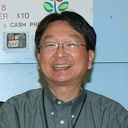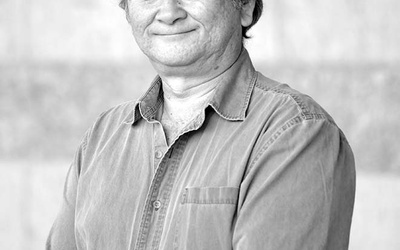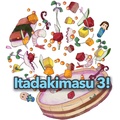
Chris Komai
@ckomaiChris Komai é um escritor freelancer que se vê envolvido com Little Tokyo [vizinhança no centro de Los Angeles] há mais de quatro décadas. Por mais de 21 anos, ele foi Diretor de Comunicação do Museu Nacional Japonês Americano, onde administrou a divulgação de eventos especiais, exposições e programas públicos da organização. Antes disso, Komai trabalhou por 18 anos como redator esportivo, editor da seção esportiva e editor de inglês para o jornal The Rafu Shimpo, publicado em japonês e inglês. Ele continua a contribuir com artigos para o jornal e também escreve sobre diversos assuntos para o Descubra Nikkei.
Komai é ex-Chair do Conselho Comunitário de Little Tokyo e atualmente é o seu Primeiro Vice-Chair. Além disso, ele faz parte do Conselho de Diretores da Associação de Segurança Pública de Little Tokyo. Há quase 40 anos ele é membro do Conselho de Diretores da União Atlética Nisei do Sul da Califórnia de basquete e beisebol, e também faz parte do Conselho da Nikkei Basketball Heritage Association. Komai é formado em inglês pela Universidade da Califórnia em Riverside.
Atualizado em dezembrol de 2014
Stories from This Author
Stan Sakai: The Cartoonist
4 de Maio de 2011 • Chris Komai
When Stan Sakai’s father Akio heard that his son wanted to work as an illustrator of comic books, he was, not surprisingly, skeptical. “You can’t make a living as a cartoonist,” his father told him. “Why don’t you go into accounting or computers?” In some form, this parent-child conversation has been repeated for generations. But, even Stan himself wondered, “Should I go into business?” Fortunately, for comic book lovers and fans of feudal Japan, Sakai utilized his skills as a …





